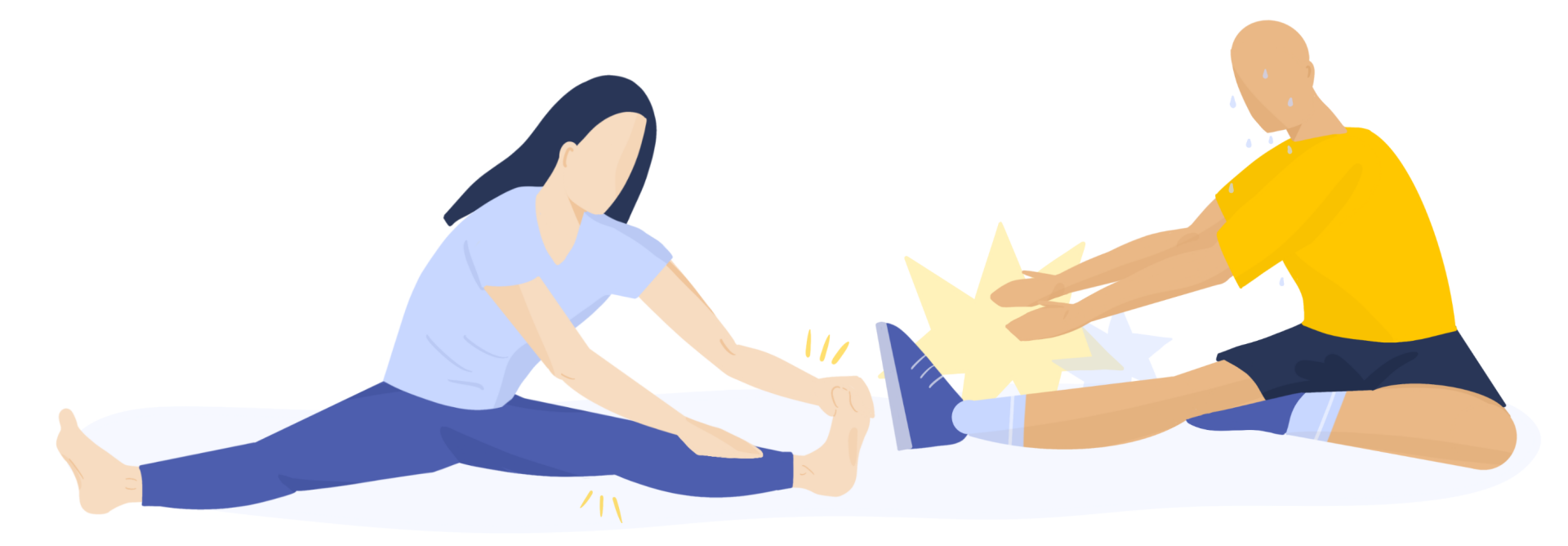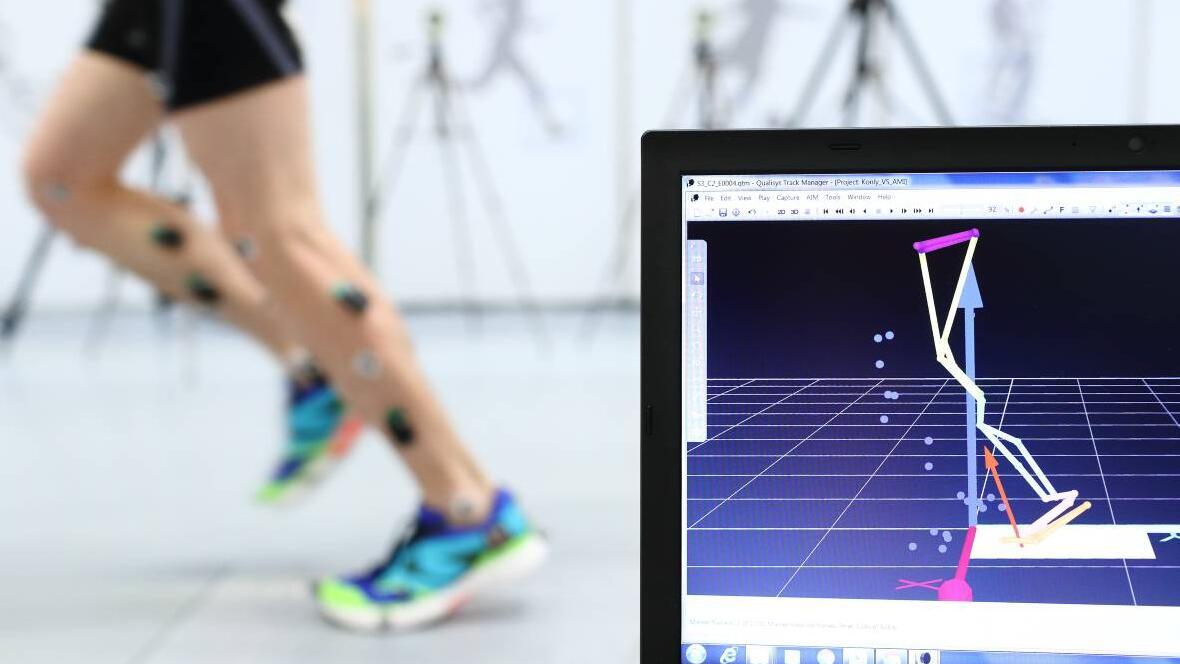What are the physiological differences between men and women?
According to Israeli doctor Ira Hammerman, women's performances are on average 90% of men's in disciplines such as athletics, cycling and swimming. This is because of the following physiological differences between the sexes.
> Heart rate
Women's hearts are generally smaller than men's, and their cardiac output is therefore lower. Consequently, for the same physical effort, women's heart rates will be much higher (174 beats per minute in women versus 169 beats per minute in men), and so fatigue sets in sooner.
> Muscle mass
Muscle represents on average 35% of a man's total weight, compared with 28% for a woman. As for fat, it accounts for 13% of men's body weight compared with 20% for women. Consequently, women tend to have less strength and endurance.
> VO2max
The VO2max is the maximum capacity to store, transport and consume oxygen during physical exertion. The higher it is, the more the body is able to produce energy. As women have less haemoglobin, their average VO2max is 35-40 ml/kg/min, compared with 45-50 ml/kg/min for men.
> Blood pressure
Blood pressure is lower in women, which is another reason why women feel fatigued faster.
> Iron reserves
Iron reserves are lower in women than in men, due in particular to menstruation. This means that women transport oxygen less efficiently in the blood.
> Female hormones
Female hormones fluctuate throughout the menstrual cycle. From day 1 to day 13, oestradiol (the main type of oestrogen at this stage in the cycle) enables better use of sugar: the perfect fuel for the muscles. As for the second phase of the cycle, from day 14 to day 28, progesterone takes over and helps the body to better use fat.
Of course, if you were to sum up these main physiological differences, you couldn't deny that men are luckier than women on a physical level!










